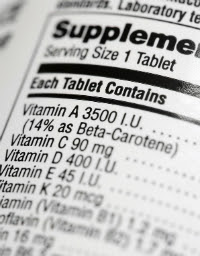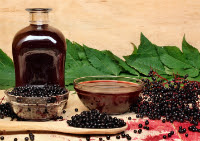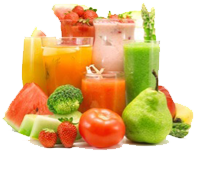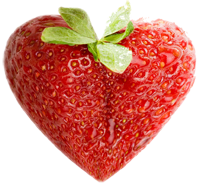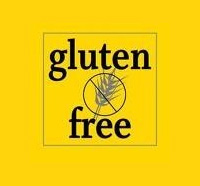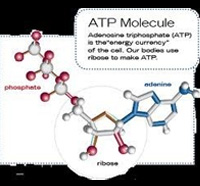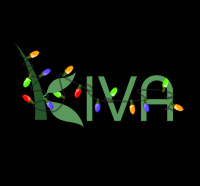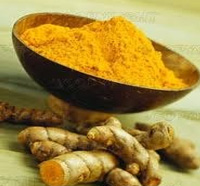Seed Cycling/Rotations for healthy hormone balance
Back to the principle of “you are what you eat”… the diet so readily affects the body, including the hormones. Certain foods are known to have a direct effect on the body’s endocrine system, more specifically – seeds! We already knew they were full of healthy fats and proteins, but certain seeds can help push hormone pathways helping to establish normal hormone balance in the body. It is a much gentler approach that
A little about the seeds…
Flax seeds (linum) Flax is one of the best plant-based sources of alpha-linolenic acid, which converts in the body to the same heart-protective omega-3 fatty acids found in salmon, sardines, and mackerel. Flax contains both soluble and insoluble fiber (approximately 3 grams total fiber per tablespoon), which promotes intestinal health. In addition, flax seed is one of the richest dietary sources of lignans and phytoestrogens that are thought to protect against cancer of the breast, prostate and colon in addition to balancing reproductive hormones.
Flax is safe for almost everyone (including women who are pregnant or breastfeeding), although its mild laxative effect may bother people with inflammatory bowel disease. You must grind these tiny, hard-shelled seeds or they will pass through the body undigested.
Flax meal has a sweet, nutty flavor and tastes delicious when added to cereals, soups, salads, grains and smoothies. You can also bake flax meal into muffins or bread, but keep in mind that when flax is heated it is more susceptible to spoiling and reduces the omega-3 content.
Chia seeds (salvia) No, you will not grow green hair like the chia pets! In addition to a surplus of omega-3 fatty acids (more than what is in flax) chia also is very rich in antioxidants which keep the healthy oils from spoiling. Chia provides a great source of fiber and protein as well as a plethora of minerals. No need to grind, but does grind well with flax.
A great recipe for [tapioca-like] chia pudding: soak overnight 1/3c chia seeds, 1 pinch salt, 1/4 tsp vanilla and 1 cup milk alternative (almond, coconut, rice, etc) – may add 1tsp of maple syrup to sweeten to taste and/or add fresh fruit if desired.
Pumpkin seeds (seronoa) Pumpkin is also a great source of healthy oils, antioxidants, protein, and minerals. In addition to this is also contains large amounts of phytosterols which help lower bad cholesterol levels. It contains an enzyme called alpha-5 reductase which helps modulate androgen levels, making it helpful for male health and females with higher androgen conditions such as PCOS. Pumpkin also contains phytoestrogens and also has a strong anti-inflammatory properties in the reproductive tracts, especially the prostate.
Pumpkin is more stable than flax, but best in raw form – ground or whole, makes a great snack or topper for a salad!
Sunflower seeds (helianthus) Sunflower seeds also have healthy oils, phytosterols, fiber, proteins and minerals as the other seeds above, but tend to push the progesterone pathway in females, and thus are recommended during the second half of the cycle.
Sunflower seed butter is a great alternative to peanut butter, but I’ve also used sunflower seeds in pesto recipes!
Sesame seeds (sesamum) Sesame seeds also are a rich source of lignans and antioxidants, healthy oils, phytosterols, and minerals as the other seeds above, but tend to push the progesterone pathway in females, and thus are recommended during the second half of the cycle.
Hummus is my favorite go-to for getting in sesame seeds – tahini (sesame seed butter) is used in the base along with garbanzo beans.
Organic bulk seeds are sold inexpensively at natural food stores and now many ‘regular’ grocery stores as well. The whole seeds (especially flax) should be stored in the refrigerator. Grind them as you go, or grind up to a ¼ cup at a time in a blender or a coffee grinder dedicated to seed grinding. The ground seeds should be refrigerated in an airtight, opaque container, where they will keep for up to 30 days.
Some seed cycling protocols*…
Females of childbearing ages The female reproductive cycle traditionally follows a lunar (28 day cycle), with the first 2 weeks focused on estrogen building a lining to the uterus and then causing ovulation and the second 2 weeks focused on progesterone and sustaining the uttering lining. Supporting the female cycle bi-phasically (in 2 phases) is important to maintain reproductive balance and regularity.
Flax/Chia – equal parts (or choose one) fresh ground 2 T a day for the first 2 weeks of the cycle (new moon to full moon).
Sunflower/Sesame – equal parts (or choose one) fresh ground 2 T a day for second 2 weeks of the cycle (full moon to new moon).
Females postmenopausal After menopause, female ovaries essentially stop producing estrogen, this is a natural occurrence. During this time in life, we focus on supporting the body with phyto-estrogens (plant based estrogens) to mitigate the body’s decreased supply**.
Flax/Chia – equal parts (or choose one) fresh ground 2 T a day
Females in post menopause may also use other seeds (sunflower, sesame) but emphasis should be placed on flax and chia.
Males Though male hormones may not “cycle” to the extent of the female hormones, that is no reason to not support the male hormones and reproductive tracts with seeds that are known to combat things like benign prostatic hypertrophy (BPH) and other male health related issues.
Pumpkin/Chia– fresh ground 2 T a day
Males may also use a rotation of the other herbs listed, but emphasis should be placed on pumpkin seeds.
*not an all-inclusive list; many hormone-related health conditions may require more specific protocols or additional therapies.
**adrenal support may also be warranted due to the adrenal gland assisting in sex hormone synthesis, which is an especially important function post menopausally.
 Let me start with: I am an egg-eater, they are full of vitamins (including folic acid) and a great protein source -HOWEVER, they can be quite allergenic for some people and other people may not eat eggs due to personal beliefs. This list provides good substitutes, both homemade and store-bought, organized by the role of the egg in the recipe (binding, leavening, or adding moisture).
Let me start with: I am an egg-eater, they are full of vitamins (including folic acid) and a great protein source -HOWEVER, they can be quite allergenic for some people and other people may not eat eggs due to personal beliefs. This list provides good substitutes, both homemade and store-bought, organized by the role of the egg in the recipe (binding, leavening, or adding moisture).


